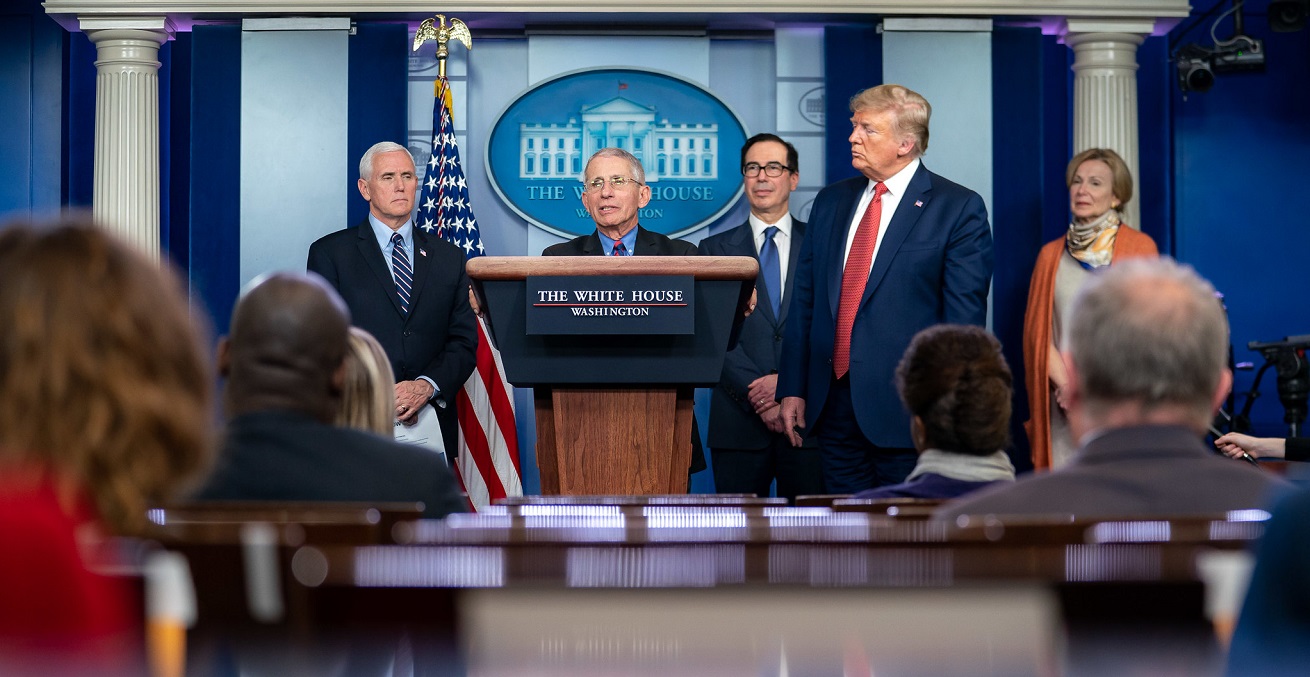COVID-19: A black swan event in the 2020 US presidential election
The COVID-19 pandemic is happening against the backdrop of the 2020 US presidential elections. The virus seems to have undone all the gains that Trump was counting on to be the foundation of his 2020 re-election bid.

